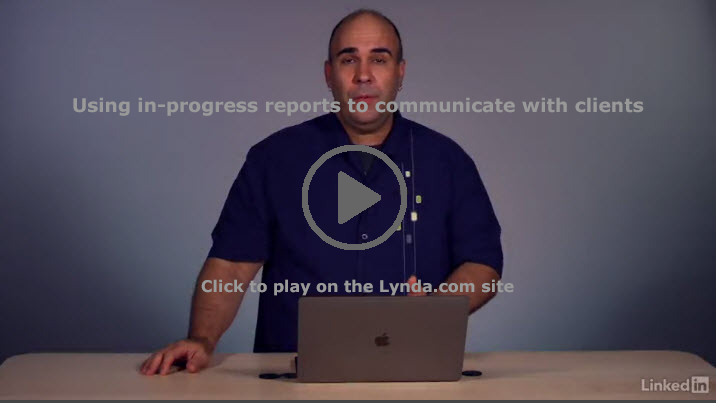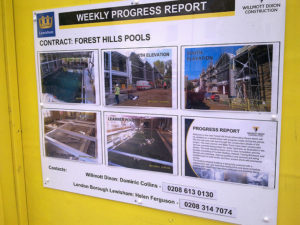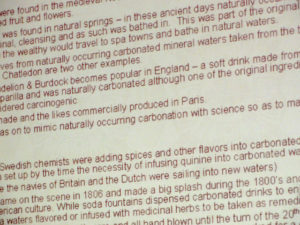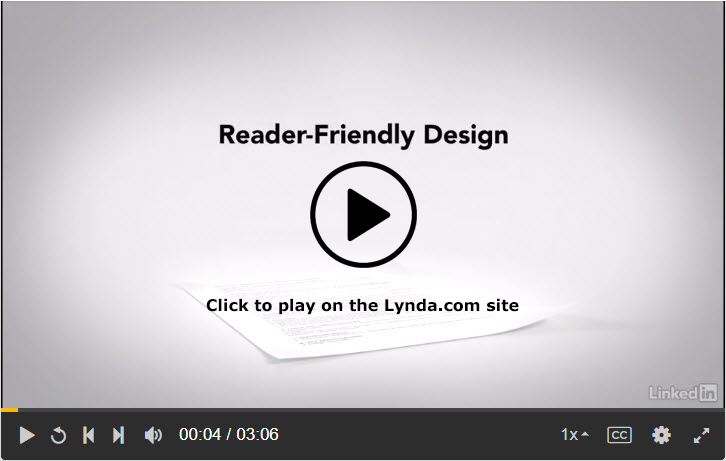This week you are writing an internal progress report. It’s similar to the kind of progress report that you might give to your manager or co-workers to let them know what’s happening with a project.
You also need to know about how to write external progress reports, which will go to clients or stakeholders outside your organization. While the general purpose is the same as that for an internal progess report, the audience is quite different.
The Lynda.com video Using in-progress reports to communicate with clients (4m 23s) will walk you through the key features and the important characteristics of this kind of progress report.

 Thanks for your patience last week while I was at the Council of Writing Program Administrators Conference in Knoxville. I caught up on all the missing posts Saturday afternoon. If the info in those posts makes you want to change your proposal significantly, please use the Grace Period to give yourself a little extra time.
Thanks for your patience last week while I was at the Council of Writing Program Administrators Conference in Knoxville. I caught up on all the missing posts Saturday afternoon. If the info in those posts makes you want to change your proposal significantly, please use the Grace Period to give yourself a little extra time. The #FridayFact for this week is one that I’m sure everyone agrees with: no one likes a boring slideshow with crowdedl text on the slides. The Harvard Business Review article
The #FridayFact for this week is one that I’m sure everyone agrees with: no one likes a boring slideshow with crowdedl text on the slides. The Harvard Business Review article 

